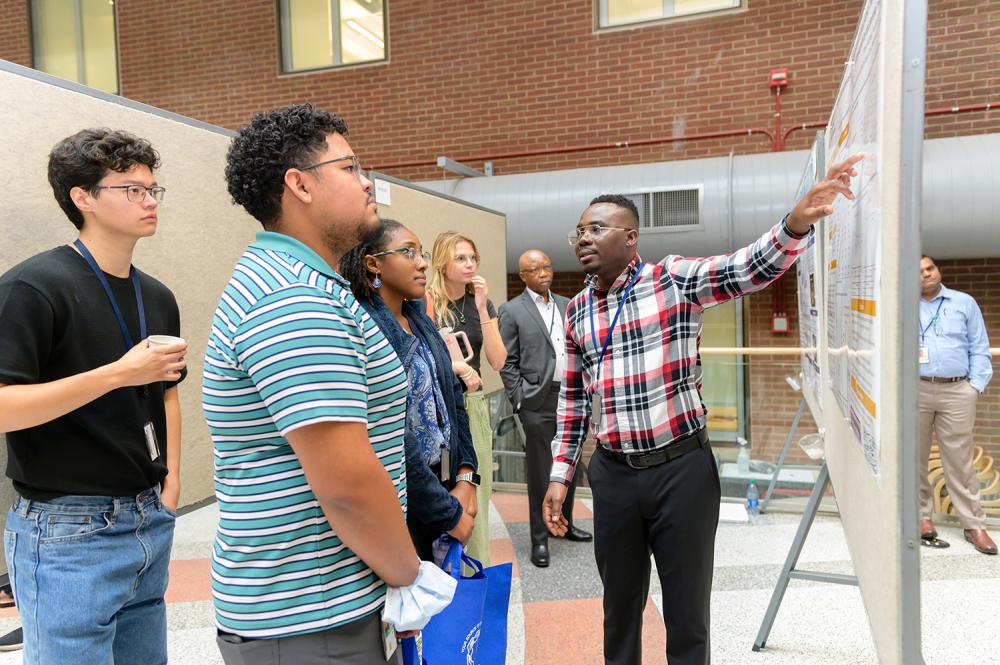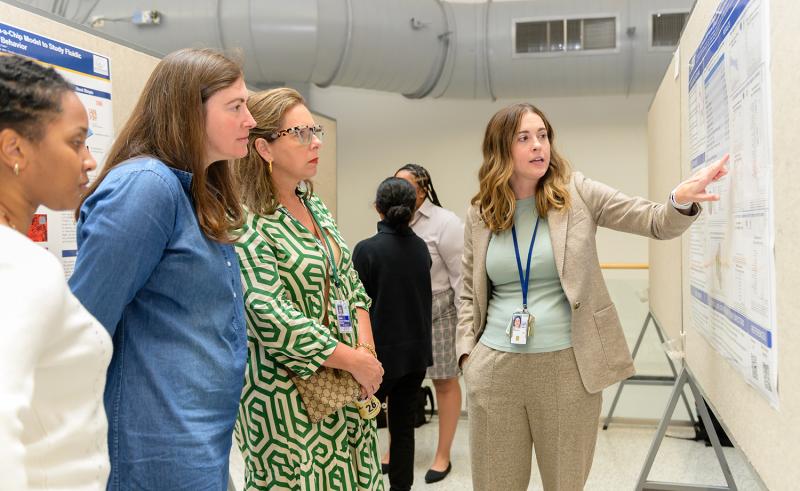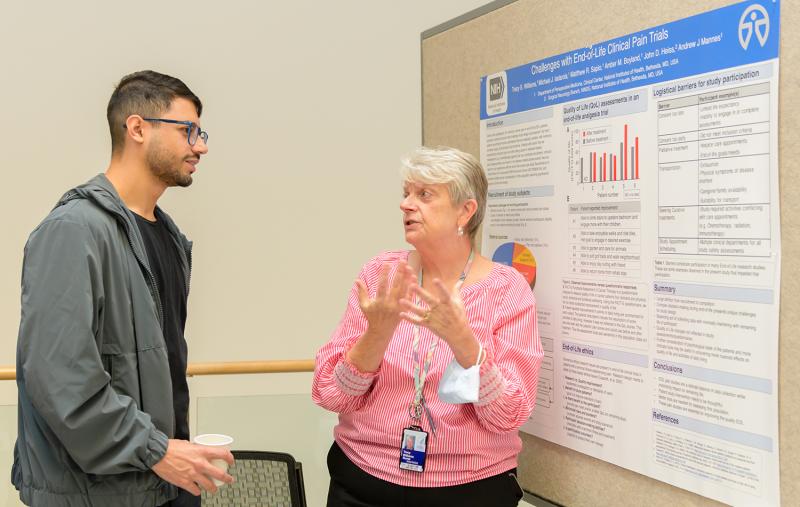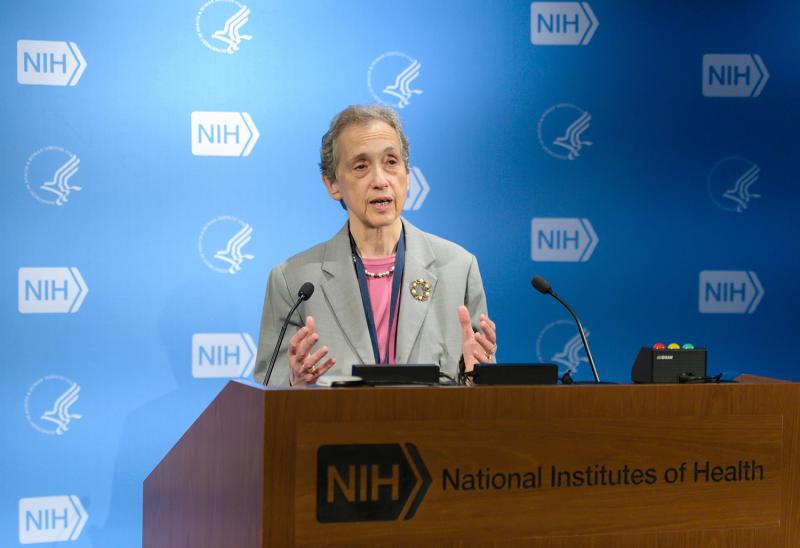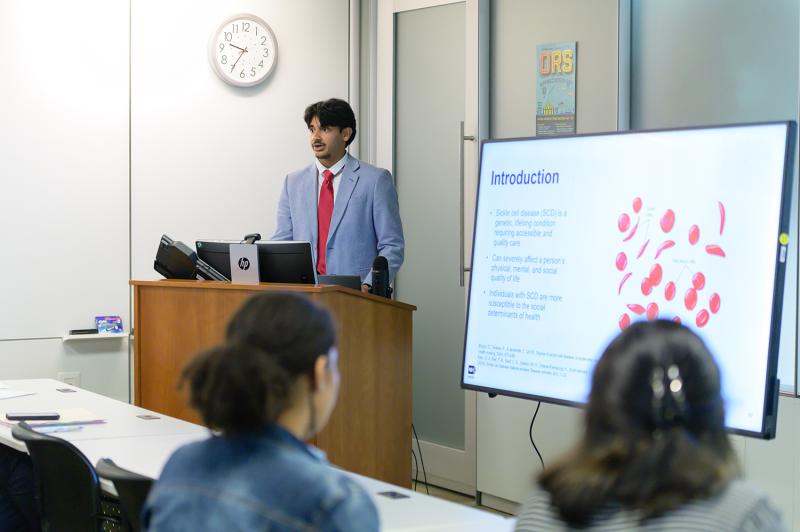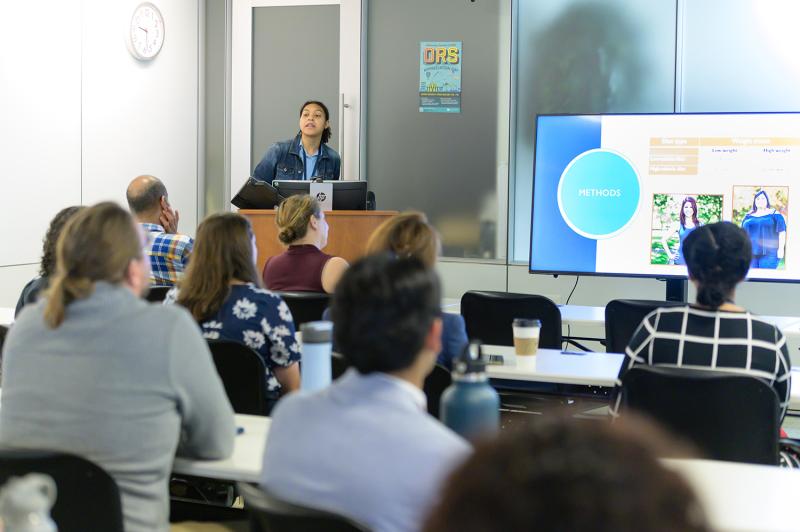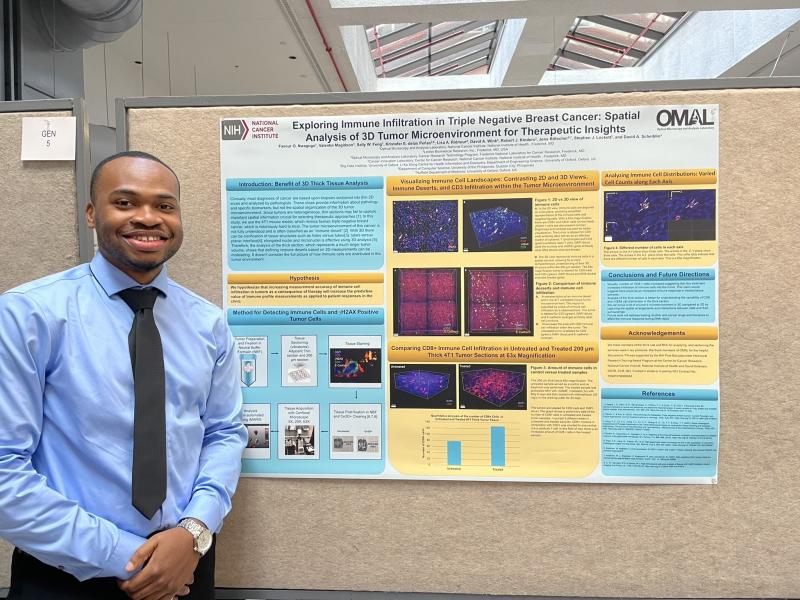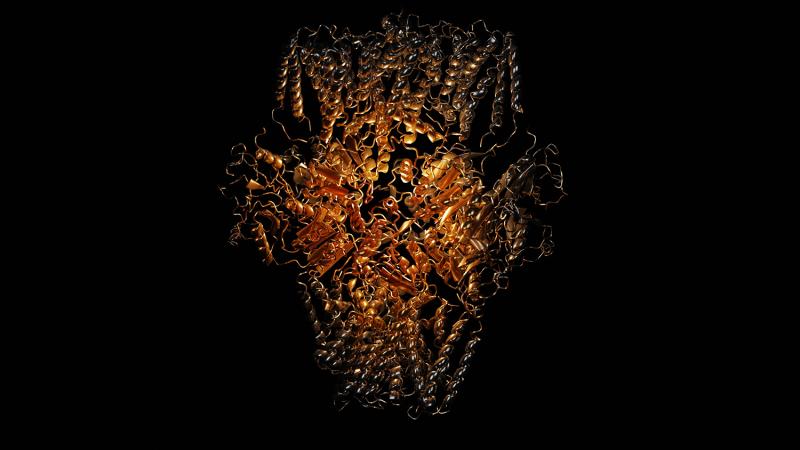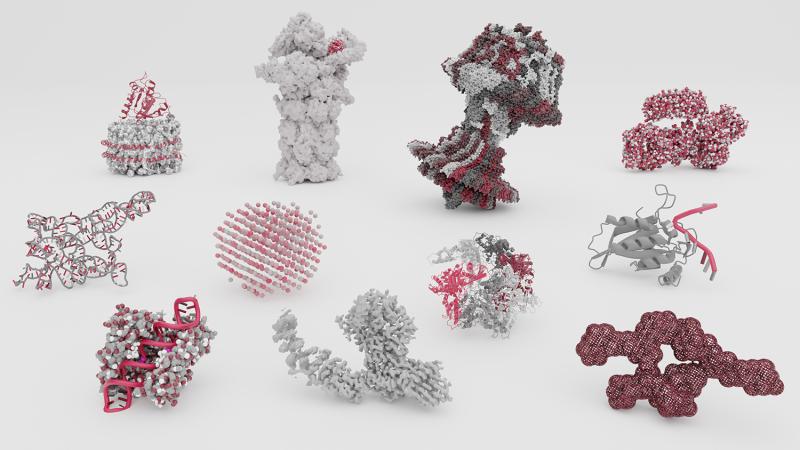For 2023, the National Institutes of Health held its first in-person NIH Research Festival in Bethesda, Maryland, since the start of the pandemic. The five-day event was well attended and included lectures, workshops, posters, and biotech vendor information booths spread across several areas of the campus.
While there was a plethora of events, several scientists agreed that the standout features of this year’s festival were the interactions. The event is traditionally viewed as an opportunity to meet collaborators, share research with nearby colleagues, and learn about other research happening at NIH. For scientists at NCI Frederick in Frederick, Maryland, who are physically separated from the main Bethesda campus, that can be especially important.
In-Person Interactions Lead to Collaborations
Participants were enthusiastic about the collaborative opportunities elicited from having an in-person event after several years.
“Having participated in virtual poster sessions during the pandemic, they’re just not the same. … You can’t get that spontaneous interaction that you can get with an in-person poster session,” said Riley Metcalfe, Ph.D., a postdoctoral fellow in Ping Zhang’s laboratory in the Center for Structural Biology at the National Cancer Institute’s Center for Cancer Research (CCR).
Will Heinz, Ph.D., a scientist in the Optical Microscopy and Analysis Laboratory at CCR, echoed that sentiment, saying that virtual poster sessions are “not as good. … You don’t have the random interactions that can be so beneficial. [In person] sometimes you hear something [and want to learn more] … and just scrolling through a screen, you’re not going to get any of that.”
Metcalfe added that for researchers in Frederick, it was a reason to go into Bethesda to see some collaborators, some of whom he’d never met in person. Those informal, spontaneous interactions can build rapport with colleagues and spark new collaborations and more substantive connections later, he said.
“It’s great to discuss research with scientists in person after the pandemic. I heard a lot of progress from other fellows and found potential collaboration[s] too,” said Xue Zhi Zhao, Ph.D., a senior associate scientist at CCR’s Chemical Biology Laboratory who presented a project on tyrosyl-DNA phosphodiesterase 1 at the festival.
Exploring a Breadth of Research
“There’s so much breadth of research at the NIH that you can go [to the research festival] and be exposed to a lot of different topics, which are all happening under the same umbrella,” said Metcalfe.
“It’s cool to see how much different stuff people are involved in, even just here,” said Kailin Guo, a postbaccalaureate research fellow under Andrew Byrd, Ph.D., in the CCR’s Center for Structural Biology.
A Good Opportunity for Trainees
The NIH Research Festival may especially hold some key advantages for trainees: The festival is local, and while it has a big span of scientific topics, it isn’t as large as some conferences can be, making it less intimidating for younger researchers.
“For the trainees … I think it’s great that they can see this high-level science locally without having to travel halfway across the country … and to have practice [presenting] themselves,” said Heinz.
Many trainees take the opportunity to present posters or participate in other aspects of the festival. It gives them a forum to make their voice heard. This year was no different.
For example, CCR’s Metcalfe presented his research on the structure and regulation of full-length human leucine-rich repeat kinase 1, which was published in Nature Communications this year and earned him a Fellows Award for Research Excellence.
Heinz presented on behalf of some former postbaccalaureate research fellows, who developed a multi-well-plate live-cell model of oxygen gradients in the tumor microenvironment to investigate how cellular phenotypes vary along the gradients. Heinz was happy to share the research of the early-career scientists on his team, whom, he says, are invaluable: “We would not be able to do it without them.”
Guo, the postbaccalaureate research fellow, meanwhile, attended to host one of the festival’s workshops, Molecular Graphics in Blender. She came up with the idea after learning how to use Blender, an open-source 3D graphics software, to make some more interesting pictures for a meeting she was attending in the fall. From there, she says she “fell into the rabbit hole” because she found it to be a great way to create representations of protein structures and other “abstractions of science” that aren’t possible in more traditional molecular visualization programs.
Guo hosted her workshop for roughly 30 participants, a mix of trainees and senior scientists. In this way, she was able to share something she’d learned for other scientists to use.
“I could talk about the things that I’ve been working on and figuring out [myself], climbing that steep learning curve. It’s cool to help people maybe not get as stuck in the trenches as I was when I was trying to figure things out on my own,” said Guo, who was so inspired by her experience that she hopes to host another Blender workshop through the Scientific Library in Frederick soon.
When asked about attending in the future, all interviewees fervidly agreed that the NIH Research Festival is worth going to again and again. The science, collaborations, and convenience of the location are too good to pass up. And while the research is cutting-edge, the atmosphere is genial, with a ready group of nearby colleagues eager to learn from one another.
“I’d encourage everyone—especially the more junior trainees—to go because it’s quite a friendly environment,” said Metcalfe.
Karolina Wilk is a science communications and training specialist (ad hoc) in Scientific Publications, Graphics & Media (SPGM), where she writes for NCI Frederick and Frederick National Laboratory’s news outlets and edits scientific manuscripts, corporate documentation, and other writing. SPGM is the facilities’ creative services department and hub for editing, illustration, graphic design, formatting, and multimedia training and support.


